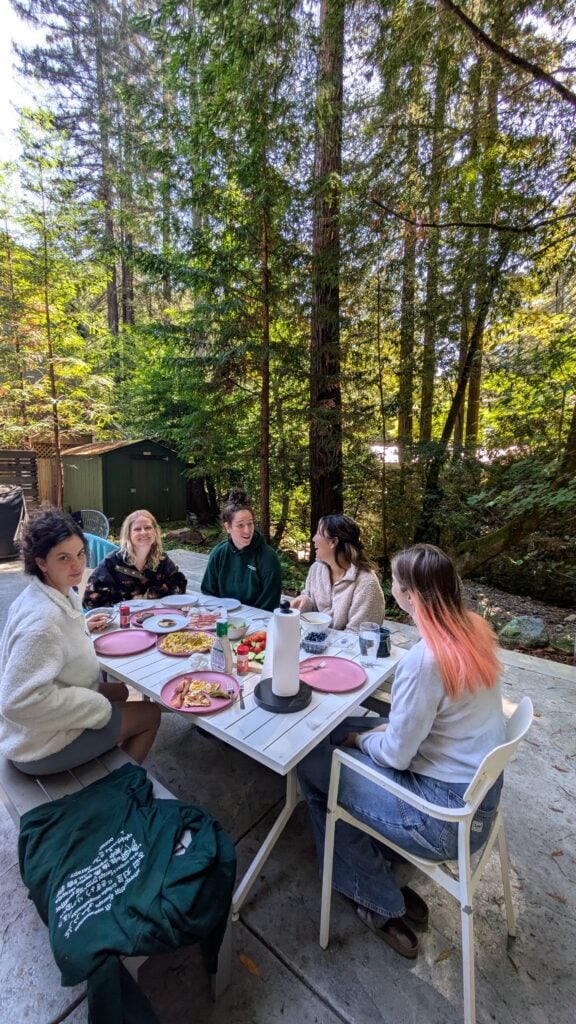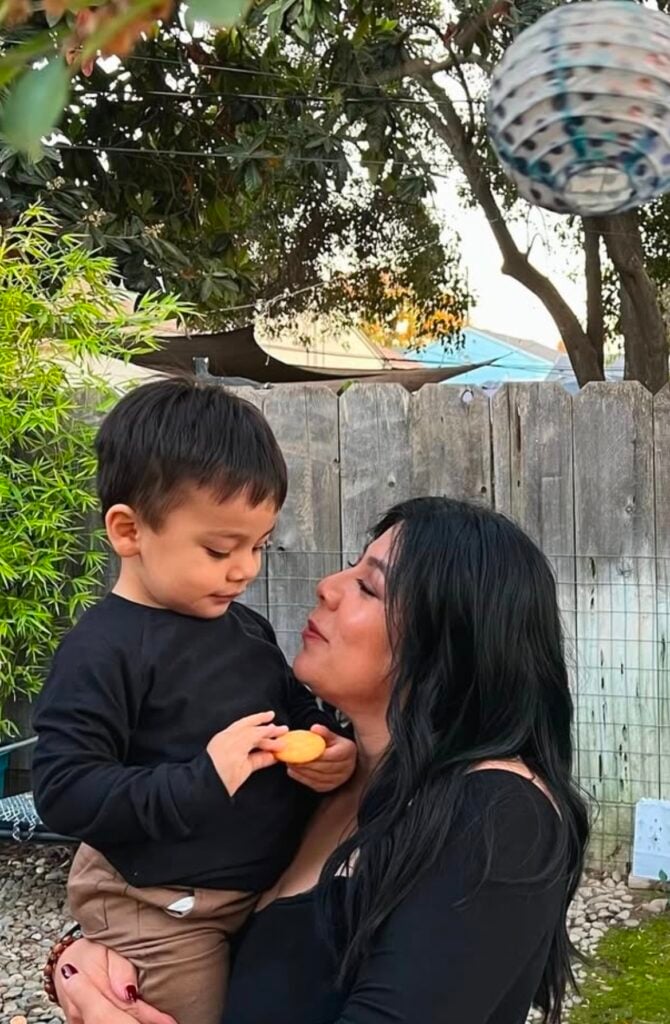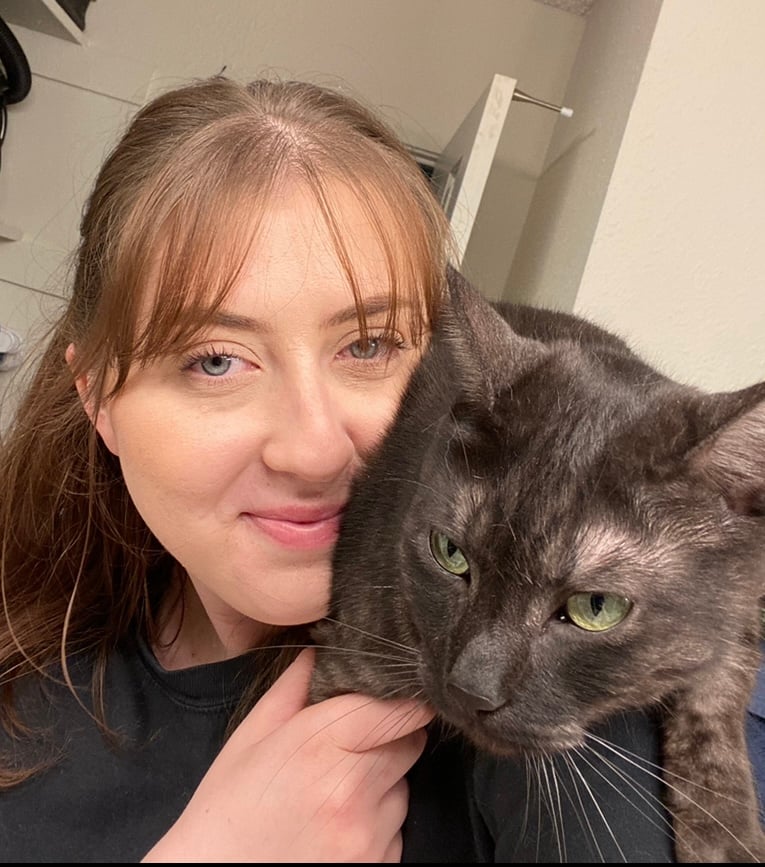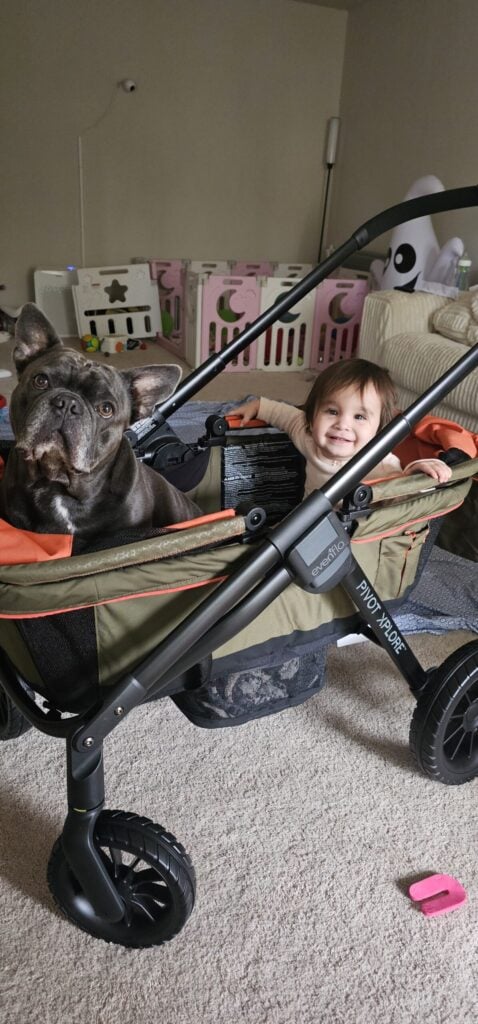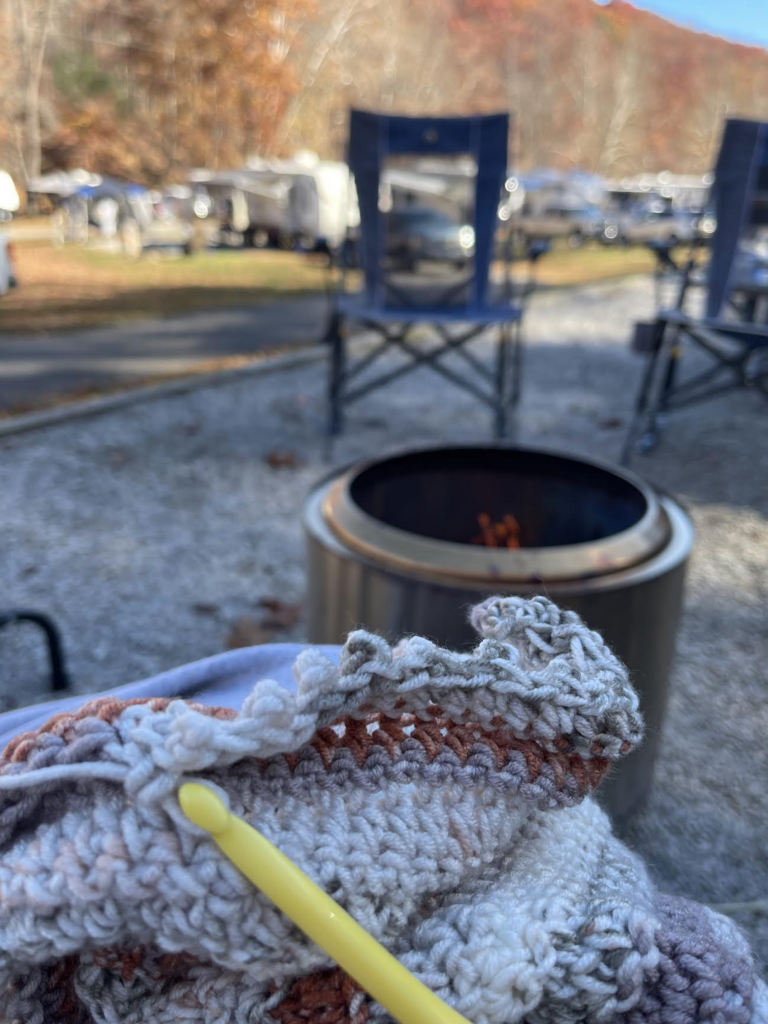Have you ever felt like you were able to wear a rough textured cloth?
Have you ever avoided certain highly spiked door mates and jump over it when entering the house?
Have you ever meet a person who only loves smooth and shimmery bed comforter?
While this might not be you, I think many of us may fall under such a category. Personally, I cannot sleep if I do not have a smooth and soft comforter. I cannot walk on a beach with lots of pebbles.
So, what does this mean? Do I have some problem in walking or sleeping? No, I think, it is something related to my skin and sensory system. My skin and sensory system is not allowing me to touch certain textures.
But, most would agree I fall under the ‘normal’ category. We, I suppose, all are normal human beings. But imagine, what if you suddenly start feeling irritated when touching a newspaper? What if you start feeling not so good about what you are wearing? What if you feel a prickling sensation under your foot when you stand barefoot on a particular tile?
The things that we, the ‘normal tactile people’ can feel ‘normally’, is not felt the same way for the children who have tactile sensory related problems. Sometimes they walk on their toes to avoid extra physical input from their foot, or they eat only specific textured food to prevent extra chewing. These kids sometimes cry for longer periods, if they feel uncomfortable with their clothes.
And trust me, it is hard to find out the answers to certain questions in the beginning like, Why my kid is not eating everything and loves to drink soupy items only? Why my child cries whenever I try to make her wear that sweater and she never cry when she is wearing the long sleeve shirt inside the same sweater? Why my kid hates taking a shower in the morning? Why my baby is not comfortable with walking barefoot on the grass?
Many questions!
But, when you experience such situation, take your kid to an OT, and she might find out, ‘Oh maybe your child is having some problem related to his/her tactile sense!’ Oh relieved. Problem sought.
But what comes next? Is that hard to treat? Of course, it is not so hard.
As parents, you can help your child exploring the world using many activities with the assistance of a real OT consultation. There are various in-house activities to help your kid. Such activities are:
Gardening:
This action allows touching to different plants (textured differences), sand (soft and hard), water, utensils (added weight) and many more. This activity will help to explore the tactile world and opens up the tactile stimuli doors inside your kid’s brain.
Help to wash the car:
Using gloves or not using gloves, making foam with soap, brushing all over the car area and washing it with splash water or spray water. Wow! Lots of exposure to the water world!
Cooking:
Helping Mom inside the kitchen is the best way to increase the tactile sense of your kid. They can help in cooking by cutting a buttered slice with a not-so-sharpened knife, adding spices with bare hands (fine-motor touch) into the cooking pan, washing vegetables, pulling boiled potatoes, eating different textured salad or fruit slices while standing and talking in the kitchen, and many more.
Aren’t these activities look like some daily tasks? Yes, they are the normal activities of daily living.
You can always design the tactile exploration for your child in your house your way! Try to include your child for just everything we ‘normally’ do.
I believe, they will gradually develop a habit of accepting different environmental touch stimuli. Such little involvement will make them feel confident, and a daily routine might bring a big change in their lives!
So you can sing along with your kid,
“Tactile Tactile- Yes momma, Feeling irritating- No momma!”
Happy Holidays everyone!







